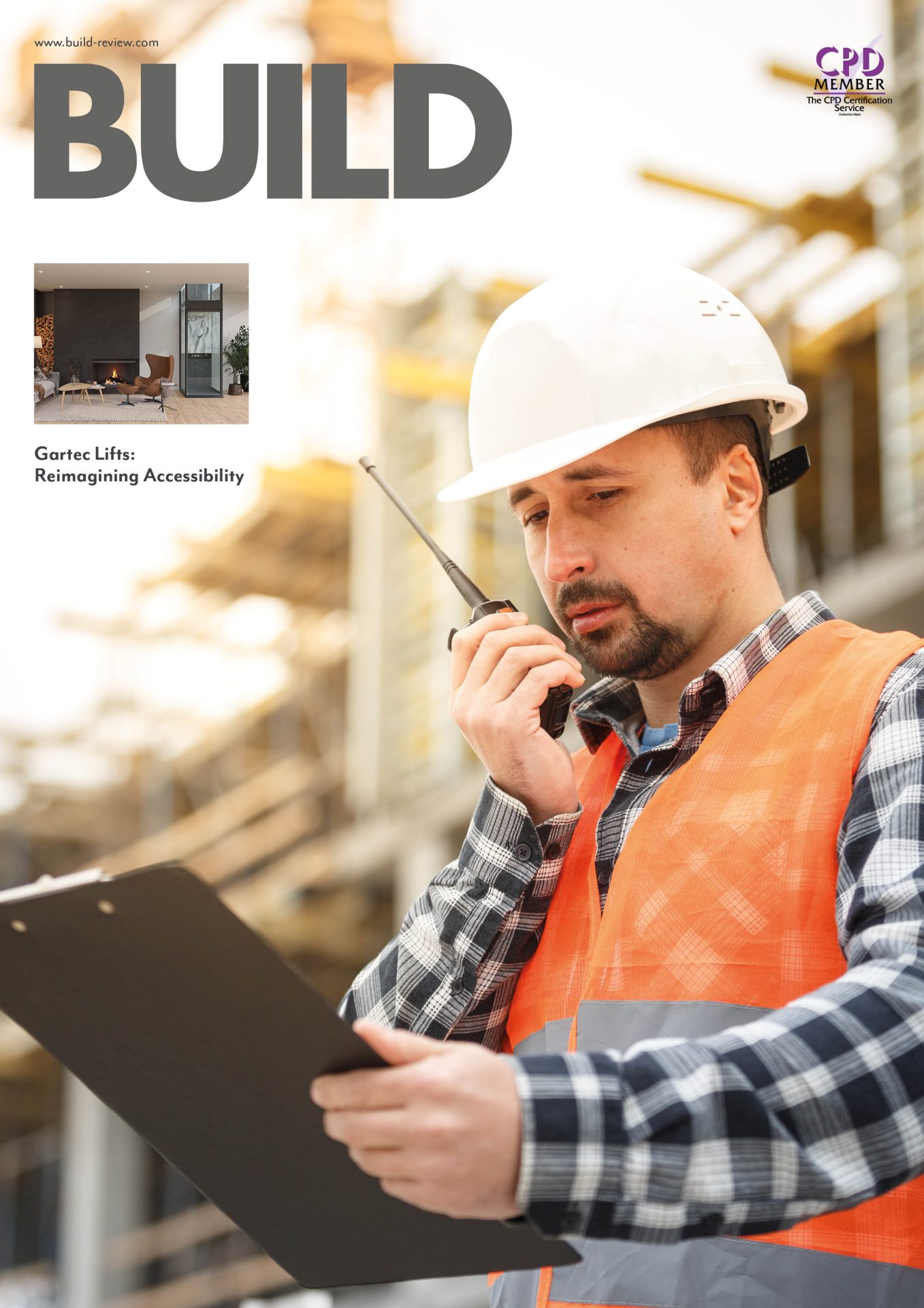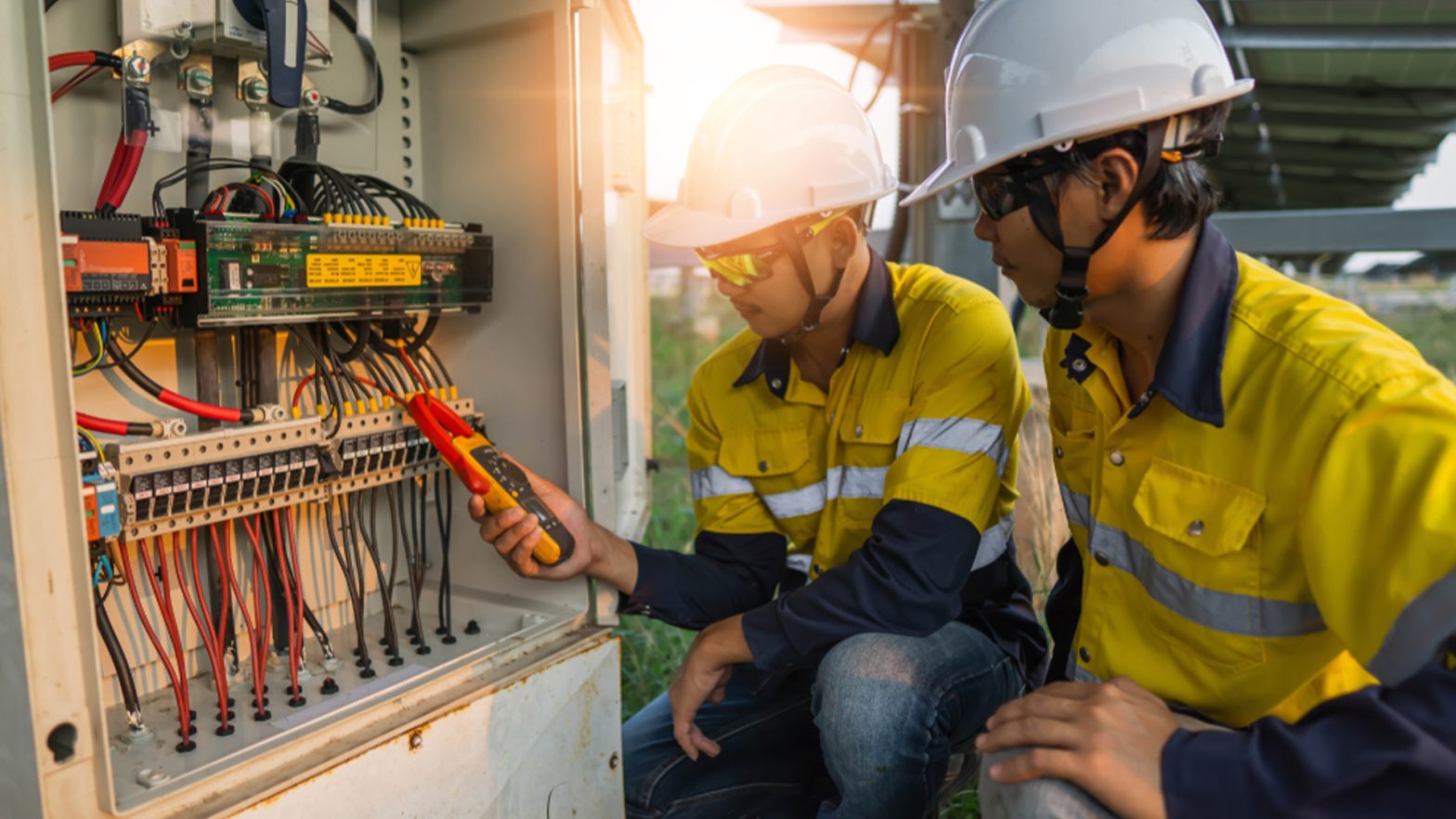Green issues are just about everywhere at the moment. Businesses, governments and individuals are doing what they can to reduce their negative impact on the natural world. An example of this can be found in the UK government’s target of reaching net zero carbon emissions before 2050.
For certain industries, the need to decarbonise is even more pressing. The construction industry is an excellent example. The materials, processes and logistics involved with building a structure can be considerable. But we must also consider the impact that the structure itself has throughout its lifetime, too.
In the UK, built environments produce around 45% of our carbon emissions – which is just up from the 40% figure for the world as a whole. The figure for domestic buildings is 27%; for non-domestic, it’s 18%.
Where are the opportunities?
Fortunately, there’s plenty of room to make easy gains when it comes to sustainability in construction. The supply chains involved in sourcing materials deserve special attention. Materials which are sustainable should be favoured. This typically means timber products that can be sourced locally, and which use trees that aren’t endangered and can grow back quickly. Pine and spruce tend to be great examples; these make up the overwhelming majority of structural timber used for internal studwork.
When new types of materials and methods are introduced, personal protective equipment becomes even more vital to keep workers safe. Plywood sheets, for example, tend to be packed with glue – which produces large amounts of potentially carcinogenic sawdust. In these instances, facemasks are a requirement, especially if you’re working indoors.
Devising a sustainability plan
As with any other long-term goal for your business, it’s vital that you set out your aims and objectives when it comes to sustainability. You should know what you’re trying to do, and how you intend to measure your success.
This tends to mean writing a sustainability plan, in much the same way that you might write a business plan. It should set out your Key Performance Indicators and benchmark tools, and your plan of action for meeting your objectives. Then, further down the line, you can use your success or failure to adjust your approach to future projects.
Your plan should factor in the location of a project, its design, and how you intend to dispose of any waste materials – including after a building is demolished. Your buildings should be considered not just in isolation, but with regard to things like energy consumption and waste management.
Your analysis of the location should factor in how easily you can bring in sustainable materials. It should also be mindful of the local community, and how your operations might affect any stakeholders. Where possible, waste should be reused and recycled.




























